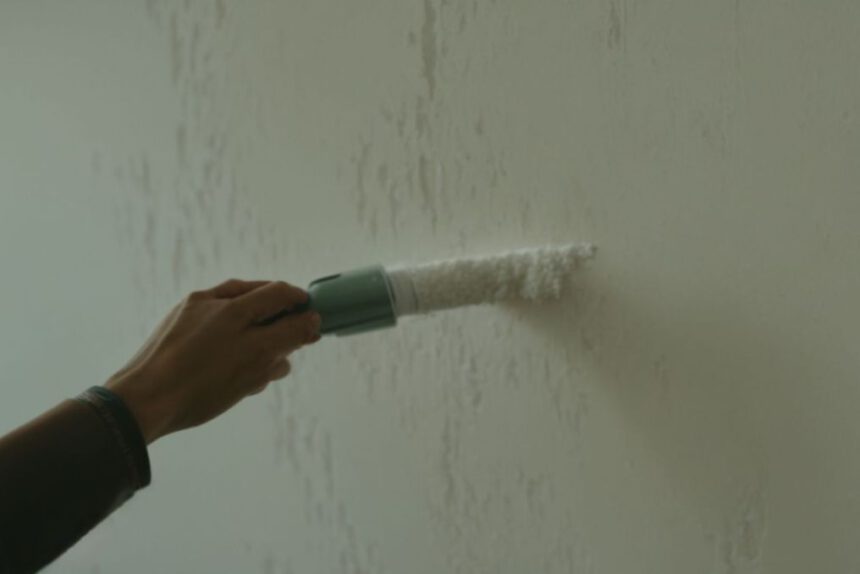How To Prevent Plaster Walls From Cracking
Do you have cracks in your plaster walls and wondering what might have caused them?
We discuss the common reasons behind plaster wall cracks, how to identify them, the different types of cracks you may encounter, and most importantly, how to prevent them from occurring in the first place.
We also provide tips on what to do if you do find cracks in your plaster walls, whether it’s a simple repair job or if you need to call in a professional.
Let’s learn how to keep your plaster walls looking smooth and sturdy for years to come.
Gain insights: What Is Venetian Plastering
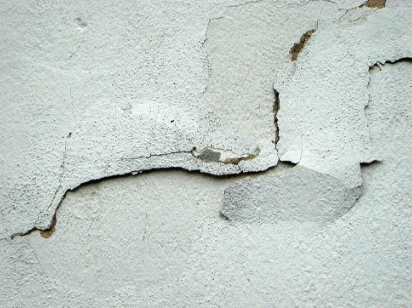
What Causes Plaster Walls To Crack?
The longevity and structural integrity of plaster walls can be compromised by various factors leading to cracking, including moisture infiltration, improper installation techniques, and natural expansion and contraction processes within the building materials.
Excessive moisture levels can seep into the plaster walls, weakening their structure and causing them to crack over time. Proper installation practices are crucial in ensuring that the plaster adheres securely to the underlying surfaces, reducing the risk of cracks forming.
The expansion and contraction cycles that occur due to temperature variations can place stress on the plaster walls, eventually resulting in visible cracks. To prevent these issues, it is essential to maintain optimal moisture levels, follow correct installation procedures, and account for the natural movement of materials by using flexible joint compounds or mesh tape to reinforce vulnerable areas.
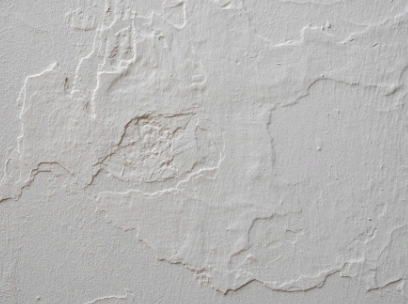
Age Of The Wall
The age of plaster walls plays a crucial role in their susceptibility to cracking, as years of exposure to changing weather conditions and maintenance practices can weaken their structural integrity.
Over time, older plaster walls can develop hairline cracks and imperfections due to the natural settling of the building and the effects of temperature fluctuations. To mitigate this, it is essential to conduct regular inspections and address any signs of damage promptly.
One effective technique for maintaining older plaster walls is to apply a fresh coat of plaster or joint compound to reinforce the existing surface and prevent further deterioration. Utilizing breathable paint or sealants can help protect the walls from moisture penetration and prolong their lifespan.
Structural Movement
Structural movement in buildings can lead to stress on plaster walls, causing cracks due to inadequate wall stability, which can be addressed through proper reinforcement techniques and considerations of expansion and contraction.
This stress on plaster walls is often magnified in older structures where settling and shifting of the foundation can contribute to increased movement. In such cases, installing metal or fiberglass mesh embedded in the plaster can help distribute the stress more evenly, reducing the likelihood of crack formation. Incorporating control joints at strategic locations can allow for controlled movement and minimize the impact of temperature changes and other factors that can lead to wall trauma. By proactively addressing these issues during construction, builders can create more durable and resilient plaster walls.
Moisture And Humidity Changes
Moisture and humidity fluctuations pose significant risks to plaster walls, as prolonged exposure can weaken the wall structure, necessitating damp-proofing measures and regular surface inspections to prevent cracking.
These changes in moisture levels can lead to the gradual breakdown of the plaster material, causing it to lose its strength and resilience over time. This weakening effect makes the walls more susceptible to developing cracks, which not only compromise the aesthetics of the space but can also result in more serious structural issues if left unaddressed.
Implementing damp-proofing techniques, such as applying waterproof sealants or membranes, can serve as a protective barrier against moisture infiltration, thus safeguarding the integrity of the plaster walls.
Conducting routine surface inspections allows for the early detection of any signs of damage or deterioration, enabling timely interventions to maintain the optimal condition of the walls.
Poor Installation
Inadequate or improper installation of plaster walls can lead to structural weaknesses and eventual cracking, underscoring the importance of meticulous construction practices, proper surface preparation, and quality materials.
When plaster walls are not installed correctly, it can result in a multitude of issues that compromise the integrity of the structure. Cracks may start to appear, and over time, these fissures can expand, leading to significant damage. To prevent this, it is crucial to follow proper construction techniques, ensure thorough surface preparation by addressing any imperfections or moisture issues, and use high-quality materials. It is recommended to work with experienced professionals who have expertise in plaster installation to ensure a durable and long-lasting finish.
How To Identify Cracks In Plaster Walls?
Identifying cracks in plaster walls requires a detailed wall inspection to assess the extent and severity of the damage, involving thorough surface examinations and considerations of potential repair costs.
During the inspection process, factors such as the type of plaster, the age of the building, and underlying structural issues must be taken into account to accurately identify the cracks. This thorough assessment helps in determining the appropriate repair strategies, whether it involves simple patching or more extensive restoration work. Understanding the underlying causes of the cracks, such as settlement, moisture intrusion, or improper installation, is essential for effective repairs. Utilizing tools like moisture meters and thermal imaging can aid in uncovering hidden damage and preventing future issues.
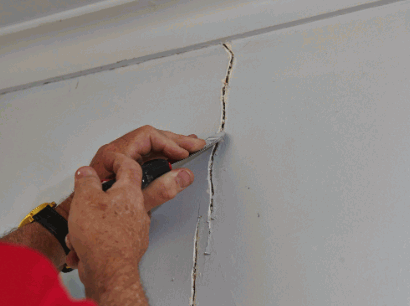
What Are The Different Types Of Plaster Wall Cracks?
Various types of cracks can manifest in plaster walls, including hairline cracks, shrinkage cracks, settlement cracks, and structural cracks, each indicative of different underlying causes and severity levels.
- Hairline cracks are very fine and often occur due to minor stress or movement in the structure. They are usually superficial and do not impact the wall’s integrity.
- Shrinkage cracks result from the drying process of the plaster and are commonly seen in new constructions.
- Settlement cracks are a result of the building’s foundation settling over time, leading to visible cracks.
- Structural cracks are typically larger, extending through multiple layers, and require immediate attention to prevent further damage.
Hairline Cracks
Hairline cracks in plaster walls are minor fissures that can be addressed through preventative measures, DIY repair methods, and wall resurfacing techniques to restore the wall’s appearance and integrity.
- These cracks typically occur due to house settling, temperature fluctuations, or poor plaster application. To prevent their occurrence, maintaining a consistent indoor temperature and humidity levels in your home is essential. Using high-quality plaster and ensuring proper application during installation can help minimize the formation of hairline cracks.
When it comes to DIY repair, start by cleaning out any debris from the crack before filling it with a flexible patching compound. After the compound dries, sand the area smooth to blend with the surrounding surface. For more extensive cracks or multiple affected areas, professional wall resurfacing may be necessary. This process involves applying a new layer of plaster or using specialized joint compounds to create a seamless finish, restoring the wall to its original state.
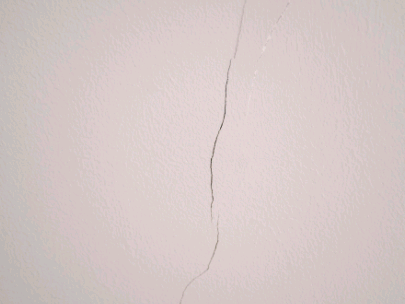
Shrinkage Cracks
Shrinkage cracks in plaster walls occur due to material contraction and can be remedied through specific repair techniques, paint application methods, and the use of suitable wall-finishing products.
These cracks commonly appear as a result of the natural drying process of plaster, causing it to shrink and form cracks over time. Factors such as environmental conditions, improper installation, and structural movement can also contribute to the development of shrinkage cracks.
To effectively repair these cracks, techniques such as filling with joint compound or plaster, applying mesh tape for reinforcement, and sanding the surface for a smooth finish are recommended.
Proper paint application practices, including using a primer to seal the surface and choosing quality paint with flexibility, can help prevent future cracking. Opting for wall finishing products like textured finishes or elastomeric coatings can conceal existing cracks and provide added durability.
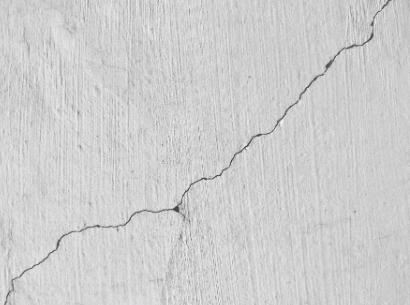
Settlement Cracks
Settlement cracks in plaster walls result from building movement and settling, necessitating thorough patching of cracks, reinforcement for wall strength, and considerations of using materials like gypsum plaster for effective repairs.
These cracks typically occur due to various factors such as the natural shifting of the building’s foundation over time or even changes in climate.
When addressing these cracks, it is crucial to not only fill them in but also reinforce the overall structural integrity of the wall to prevent future cracking.
Gypsum plaster is often recommended for its strength and durability, making it an ideal choice for repairing plaster walls effectively.
By utilizing proper patching techniques and quality materials like gypsum plaster, homeowners can ensure long-lasting repairs that maintain the aesthetics of their walls.
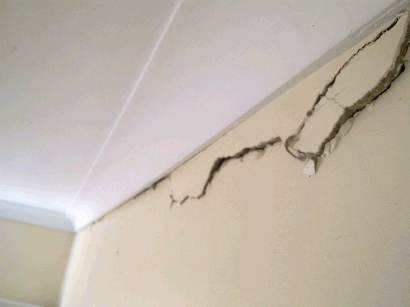
Structural Cracks
Structural cracks in plaster walls signify significant underlying issues, requiring proactive prevention methods, diligent wall maintenance practices, and consideration of robust wall construction materials to enhance structural integrity.
These cracks can result from various factors such as changes in temperature, moisture levels, or even foundation settling. To prevent these cracks from forming or worsening, it is essential to address any signs of water damage promptly, ensure proper ventilation in the living spaces, and incorporate flexible joint compounds during wall finishing. Regular inspections, filling in minor cracks promptly, and using high-quality construction materials like fiberglass mesh tape and elastomeric sealants are crucial for long-term wall stability.
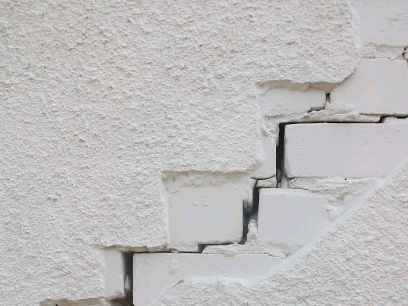
How To Prevent Plaster Walls From Cracking?
Ensuring the longevity and stability of plaster walls requires proactive prevention strategies, such as regular maintenance routines, meticulous installation practices, and vigilant monitoring of moisture and humidity issues to deter cracking.
Consistent maintenance is key to keeping plaster walls in optimal condition. Periodically inspect the walls for any signs of damage or wear, addressing them promptly to prevent further deterioration. Ensuring that the plaster is applied correctly during installation is crucial; any shortcuts or errors in the application process can lead to weakened walls prone to cracks. Managing moisture levels is also vital – be mindful of any leaks or excessive humidity that could weaken the plaster integrity. By being proactive and attentive, you can significantly reduce the risk of cracks in your plaster walls.
Use Quality Materials
Utilizing high-quality materials is essential for preventing plaster walls from cracking, as durable wall protection products and specialized care items can enhance the wall’s longevity and resilience against external elements.
Selecting the right materials not only safeguards the structural integrity of the walls but also ensures a visually pleasing and long-lasting finish. Quality ingredients in plaster mixtures and finishes promote better adhesion and reduce the risk of future cracks.
To maintain a pristine appearance, it is advisable to apply sealants that act as barriers against moisture and stains. Regular cleaning with gentle solutions specifically designed for plaster walls can help preserve their beauty and prevent discoloration over time.
Proper Installation Techniques
Adhering to proper installation techniques is paramount for preventing plaster walls from cracking, involving meticulous wall reinforcement methods and following comprehensive wall care guidelines to ensure long-term wall stability.
By employing correct installation techniques, one can significantly reduce the likelihood of cracks developing in plaster walls over time. Wall reinforcement methods, such as using metal lath or fiberglass mesh, play a crucial role in enhancing the structural integrity of the walls.
Regular maintenance practices like filling small cracks with joint compounds and periodically repainting the walls can help preserve their appearance and resilience. Proper care and attention to detail during both the installation and maintenance stages are essential for ensuring that plaster walls remain durable and aesthetically pleasing for years to come.
Regular Maintenance
Regular maintenance practices are key to preventing plaster walls from cracking, as consistent wall care routines, including DIY repair tasks, can address minor issues before they escalate into significant structural concerns.
To maintain the integrity and appearance of plaster walls, it’s advisable to inspect them regularly for any signs of damage such as hairline cracks or chips.
Simple actions like dusting with a soft brush or cloth can help prevent the buildup of dirt and grime, preserving the smooth surface of the walls.
Applying a fresh coat of paint or sealant every few years can provide an extra layer of protection against moisture and wear.
By staying proactive and addressing issues promptly, homeowners can extend the lifespan of their plaster walls and keep them looking pristine.
Address Moisture And Humidity Issues
Mitigating moisture and humidity issues is crucial in preventing plaster walls from cracking, necessitating proactive prevention measures, such as thorough surface preparation and moisture-resistant coatings to safeguard the walls.
Exposure to high levels of moisture can lead to various problems, such as mold growth, bubbling paint, and deterioration of the plaster material itself. When moisture seeps into the walls, it weakens the structural integrity, causing unsightly cracks and peeling paint.
To combat these issues, homeowners can take steps like ensuring proper ventilation in humid areas, using dehumidifiers, and applying moisture-resistant coatings to create a barrier against moisture penetration. Before applying any coatings, it’s crucial to prepare the wall surface adequately by filling in cracks and smoothing out imperfections to create a solid foundation for the protective layers.
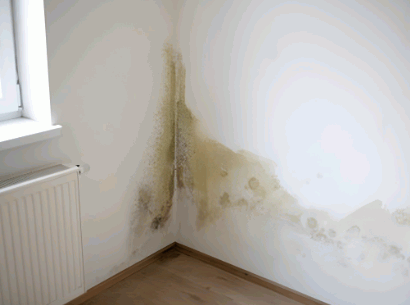
What To Do If Your Plaster Walls Have Cracks?
When facing cracks in plaster walls, it is crucial to assess the severity of the damage accurately and implement appropriate repair strategies, addressing small cracks through DIY methods and seeking professional assistance for larger, more complex cracks.
To start the assessment, examine the width, length, and depth of the crack. Small, hairline cracks, typically less than 1/8 inch wide, can be fixed with simple DIY solutions like spackling paste or joint compound. These repairs are manageable for homeowners with basic skills.
For larger cracks that indicate structural issues or recurring problems, it is advisable to consult a professional. Professionals can evaluate the root cause of the cracks, repair them using more specialized materials and techniques, and ensure long-term stability for your walls.
Assess The Severity Of The Crack
Determining the severity of a crack in plaster walls is crucial before proceeding with repairs, involving thorough surface preparation and detailed inspections to evaluate the extent and underlying causes of the damage.
Surface preparation is key in effectively assessing the crack severity in plaster walls. Start by clearing any loose debris or old patching materials from the crack using a putty knife or sandpaper.
Next, ensure the area is clean and dry before inspecting the crack closely. Look for the width, length, and depth of the crack to determine its severity. Small hairline cracks may not require extensive repair, whereas larger, more significant cracks may need professional intervention.
Once you’ve assessed the crack, prepare the wall by gently widening the crack to create a V-shaped groove, which helps the patching material adhere better for a lasting repair.
Repair Small Cracks
Small cracks in plaster walls can be repaired effectively through DIY methods, such as patching cracks with suitable materials and implementing repair techniques that restore the wall’s structural integrity and aesthetics.
- Begin by assessing the extent of the crack to determine the appropriate repair method.
- Clean out any loose debris or old plaster from the crack using a putty knife or scraper.
- Next, prepare the patching material according to the manufacturer’s instructions, ensuring it matches the color and texture of the existing wall.
- Apply the patching compound using a spatula or trowel, filling the crack completely and smoothing it out for a seamless finish.
- Allow the compound to dry completely before sanding it down for a flush surface.
- Paint over the patched area to blend it with the rest of the wall.
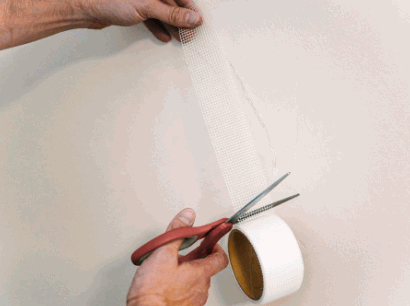
Seek Professional Help For Larger Cracks
Larger cracks in plaster walls may require professional intervention to ensure comprehensive repairs, as expert advice and assistance can address complex structural issues and prevent further deterioration, albeit at additional repair costs.
Professionals play a crucial role in analyzing the extent of the damage and devising a tailored solution to restore the wall’s stability. By seeking expert help, homeowners can benefit from specialized knowledge and techniques that can efficiently address intricate structural problems. Professional intervention not only guarantees a high-quality repair but also ensures long-term durability, ultimately saving homeowners from potential extensive repairs in the future.
When dealing with larger cracks in plaster walls, investing in professional assistance proves to be a wise decision in managing repair costs effectively and maintaining the structural integrity of the wall.

